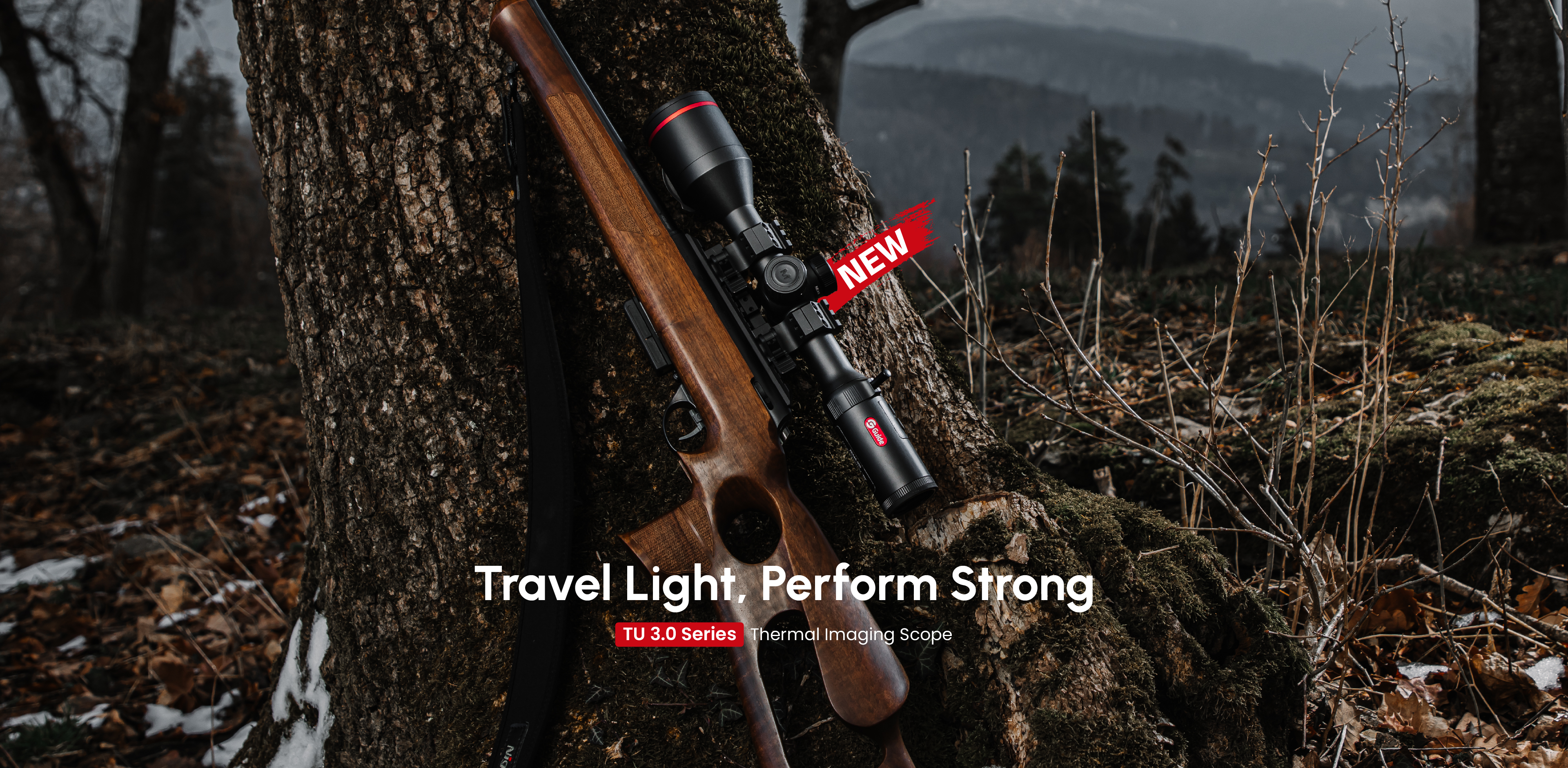
html
Thermal Imaging Scopes: Advanced Night Vision Technology
Thermal imaging scopes have revolutionized night vision technology, offering unparalleled capabilities in low-light and no-light conditions. Unlike traditional night vision devices that rely on ambient light, thermal scopes detect heat signatures, making them highly effective in complete darkness, fog, or smoke.
How Thermal Scopes Work
Thermal scopes operate by detecting infrared radiation emitted by objects. Every object with a temperature above absolute zero emits heat, and thermal imaging devices capture these heat signatures to create a visual representation. The technology converts temperature differences into electronic signals, which are then processed to display a thermal image on the scope’s screen.
Key Advantages of Thermal Imaging Scopes
Thermal scopes provide several significant benefits over traditional night vision devices:
- Complete Darkness Operation: They don’t require any ambient light to function effectively.
- Penetration Capability: Can see through smoke, fog, and light foliage.
- Detection Range: Typically offer longer detection ranges than conventional night vision.
- No Light Emission: Unlike IR illuminators, they don’t give away the user’s position.
Applications of Thermal Scopes
Thermal imaging technology has found applications in various fields:
Military and Law Enforcement
Used for surveillance, target acquisition, and search-and-rescue operations in challenging conditions.
Hunting and Wildlife Observation
Enables hunters to track game at night and researchers to study nocturnal animals without disturbing them.
Industrial and Security
Used for equipment inspection, firefighting, and perimeter security in complete darkness.
Choosing the Right Thermal Scope
When selecting a thermal scope, consider these factors:
Keyword: Thermal Scopes
- Resolution: Higher resolution provides clearer images.
- Refresh Rate: Affects how smoothly moving objects appear.
- Detection Range: Should match your intended use.
- Battery Life: Important for extended operations.
- Durability: Especially critical for harsh environments.
Future of Thermal Imaging Technology
As technology advances, thermal scopes continue to improve in resolution, sensitivity, and affordability. Future developments may include:
- Higher resolution sensors at lower costs
- Integration with augmented reality systems
- Smaller, lighter designs with longer battery life
- Advanced image processing algorithms for better target identification
Thermal imaging scopes represent a significant leap forward in night vision technology, offering capabilities that were once only available to military and specialized professionals. As the technology becomes more accessible, we can expect to see even broader applications across various industries and activities.